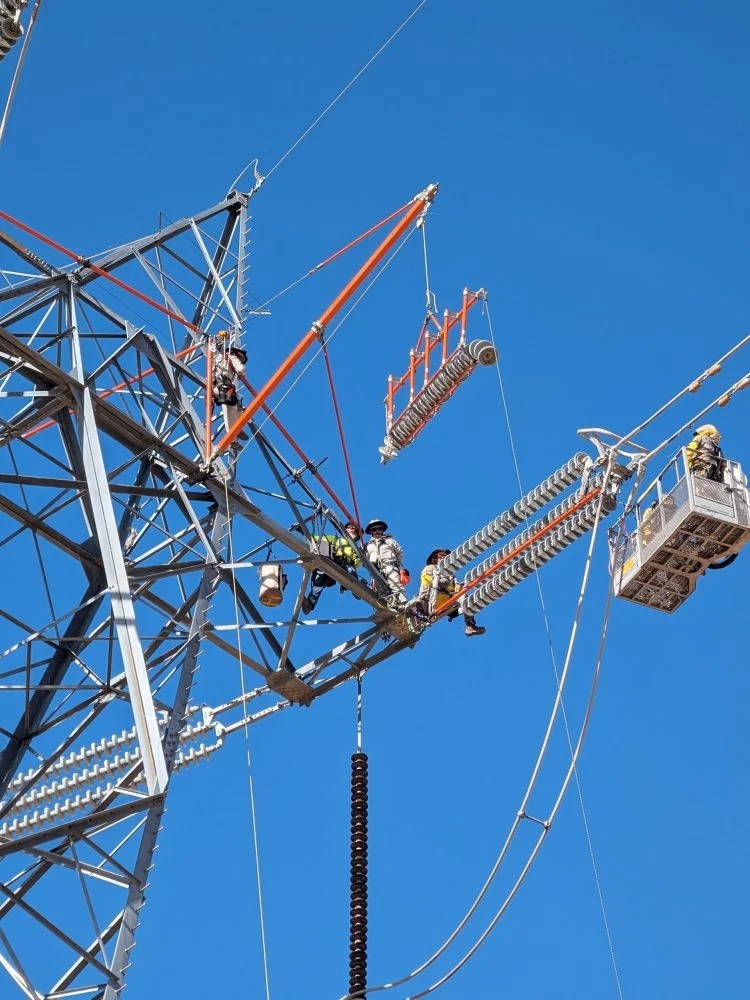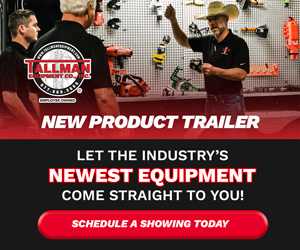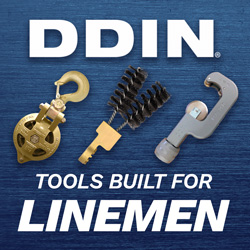Effective worker fall protection demands precise equipment selection, thorough worker training and well-rehearsed rescue procedures.
The electric transmission and distribution (T&D) industry often requires work in challenging environments. Whether crew members access tall structures by helicopter, use rope-access methods to climb lattice towers, or ride wire carts to install and maintain spacers along energized lines, their approach goes beyond standard ground-based operations. These specialized techniques can speed up projects, minimize ground disturbance – especially on protected and sensitive land – and reduce the need for site preparation (e.g., building roads).
Yet all of them present complex fall hazards.
Many readers may be familiar with the so-called “ABCs” of fall protection (anchors, body supports and connectors), but the tasks described above call for more advanced planning, training and equipment. The remainder of this article explores strategies to protect employees at height during such operations, with a focus on training, rescue planning, the competent person’s role, and equipment selection and inspection.
Understanding the Hazards
Using helicopters, rope-access methods and wire carts can be highly beneficial for T&D work. Helicopters allow crews to do their work without the need to build roads or clear land in sensitive areas, such as wetlands and wildlife habitats. Where it’s impractical to use traditional climbing methods or aerial equipment, rope access is often employed to perform energized tasks and move around transmission structures. Wire carts enable technicians to traverse energized conductors without making repeated ground ascents and descents, reducing outage times and worker fatigue.
Although these techniques can improve efficiency and shorten overall project timelines, they are not without their own specific hazards, described below.
Helicopter operations: When a lineworker is attached to the underside of a helicopter via a short-haul or long line, or positioned on an external platform, their harness can rapidly shift due to wind, rotor wash or abrupt maneuvers by the pilot. A momentary lapse in communication or an unexpected movement could become catastrophic if a harness, an anchor or another piece of gear fails.
Rope access on transmission structures: In environments that limit climbing or the use of bucket trucks, T&D rope-access methods are frequently employed to gain safe, controlled entry to lattice towers, poles and other structures. Crews rely on dual-rope systems (i.e., a working line and a backup line) anchored to secure points on the structure. If a rope system is poorly maintained or an anchor is inadequate, a single failure could lead to a serious fall. Rescue efforts could be complicated by proximity to energized parts and/or ground sources combined with changing weather conditions, increasing the importance of clear evacuation plans.
Wire carts: These carts enable workers to travel along conductors or messenger lines across multiple spans, greatly reducing climbs. However, carts can be suspended hundreds of feet in the air, so a sudden medical issue, equipment malfunction or shift in the line could cause a worker to lose balance. Teams must be ready to quickly rescue an incapacitated worker, especially if the span is long or the terrain below is inaccessible.
Continue reading at Incident Prevention Magazine
For more safety insights for the electric utility industry, check out how to optimize arc flash protection, information about equipment stabilization, or some great information on hand protection from electric shock.







0 Comments